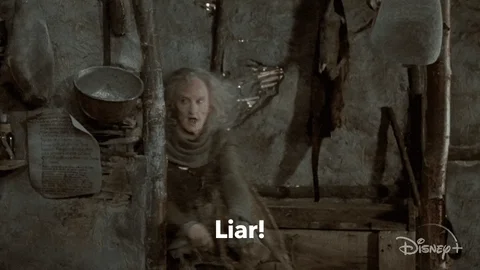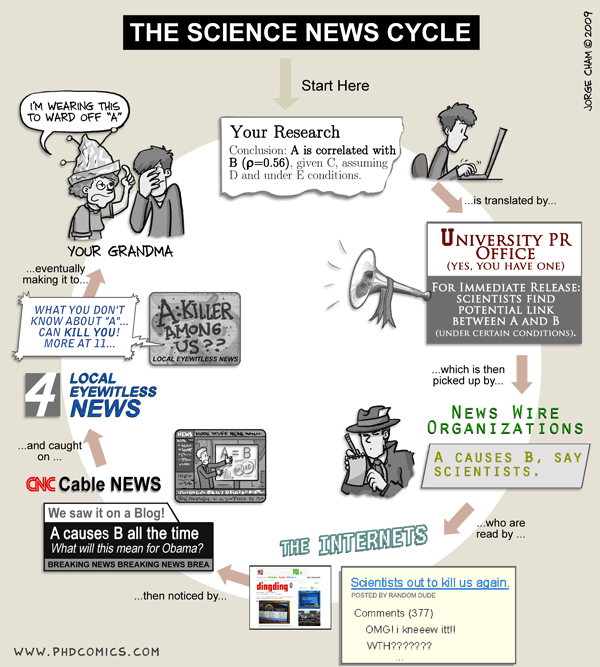7 Data Analysis: Part 2
From the required reading, we learned that we must carefully take into account how the data are collected, analyzed, disseminated. If we don’t, we risk missing a vital piece of the data story, especially when data sets are aggregated, and cause more unintended harm to those we are trying to protect.
7.2 There are lies, damned lies, and statistics…

There are often two sides to every story, especially when it comes to how people collect, store, transfer, and analyze data. In this in-class activity, we will apply the ideas and concepts we’ve learned so far to answer a question in multiple ways that are technically correct, even if the different answers contradict one another.
Topic assignments:
| Student Last Name | Topic |
|---|---|
| Black | What percent of marriages end in divorce? |
| Boes | What is the percentage of African American men incarcerated compared to those in college? |
| Cohen | What is the carbon footprint of raising a child? |
| Coleman | What is the gender pay gap? |
| DeAngelo | At what age are women less likely to get pregnant? |
| Duff | What is the average student loan debt? |
| Flynn | What is the rate of illegal immigration? |
| Gomez | What is the primary factor that causes homelessness? |
| Keohane | What is the rate of sexual assault? |
| Kiely | At what age do mental health disorders develop in people? |
| Larsson | What is the teenage pregnancy rate? |
| Lombardi | At what year after being founded do most startup companies fail? |
| Macro | What percentage of immigrants are taking jobs from Americans? |
| Mathews | What is the average cost of raising a child? |
| Meslin | What percentage of crimes are committed by someone known to the victim? |
| Norton | What percentage of welfare recipients are able-bodied adults who don’t work? |
| Novakoski | What is the fraud rate of using food stamps? |
| Russell | Does the unemployment rate accurately reflect joblessness? |
| Schreifels | What percentage of immigrants are undocumented? |
| Scully | What is the percentage of abortions performed on teenagers? |
| Sokolova | What is the percentage of gun violence? |
| Weir | What percentage of energy consumption comes from renewable sources? |
| Williams | What is the percentage of voter fraud? |
7.3 Week 5 Assignment
Due June 20, at 11:59 PM EDT on Canvas
7.3.1 Read
- Chapter 6: What Data Privacy Laws Exist?
7.3.2 Optional additional read
7.3.3 Optional watch
7.3.4 Collect data
For one day, record how often private companies collect your data from the moment you wake up to the moment you go to bed. For example, opening a social media app or browsing the web.
7.3.5 Write (600 to 1200 words)
Based on your data log, answer the following questions:
- Is any of the information collected by private companies protected by a state or federal law?
- What could a private company do with that information for the public good?
- What could a private company do with that information that may harm or violate your personal privacy?
- What are the data equity and ethical impacts of collecting this information?
“An article written to inform readers about recent events. The author reports and attempts to deepen understanding of recent events—for example, by providing background information and other kinds of additional context.” – CSUSM Library↩︎
